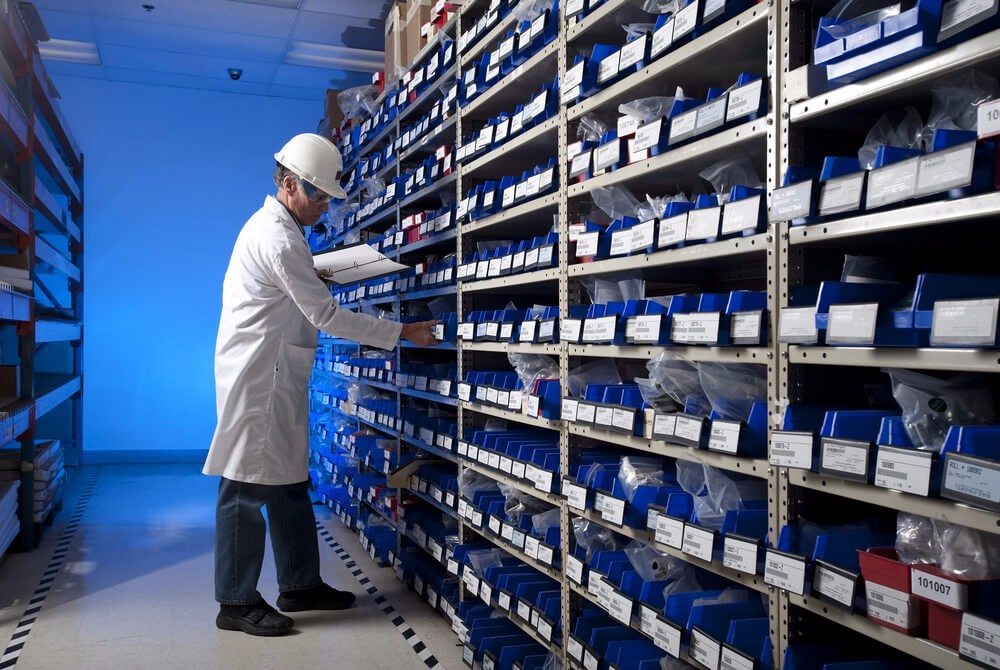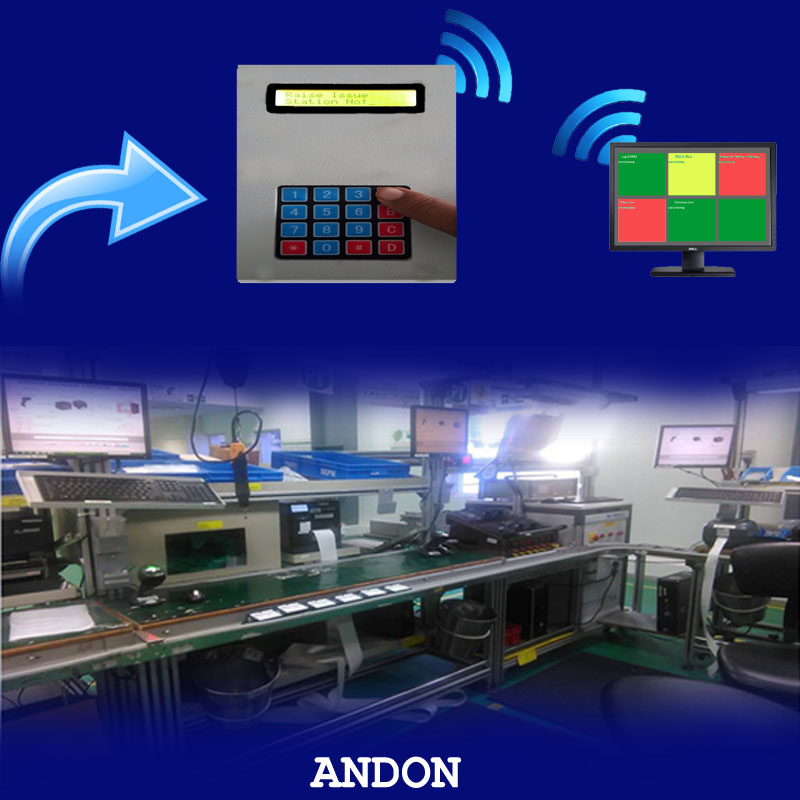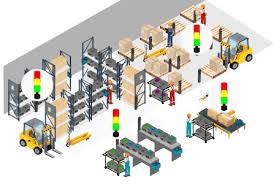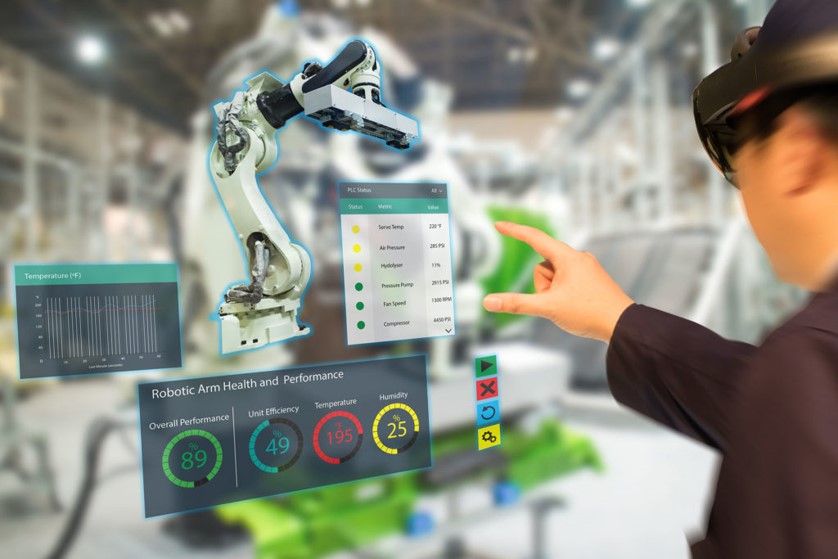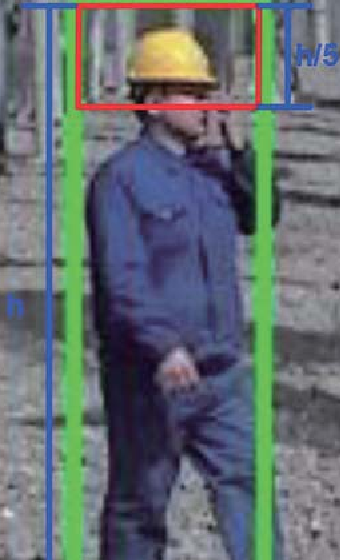What is e-Kanban? and how it is useful?
What is E-kanban?
E-Kanban is one of the Lean tools designed to reduce the idle time in a production process. The main idea behind the system is to deliver what the process needs exactly when it needs it. In Japanese, the word “Kan” means “visual” and “ban” means “card,” so Kanban refers to visual cards.
In manufacturing infrastructure, the warehouse needs to be tightly integrated with the factory or shop floor, raw materials need to flow into the shop floor quickly as required; finished goods need to flow out. To manage this operation this system plays a major role in streamlining this inventory process between the shop floor and warehouse team.
When there are also frequent complaints about delivery problems, the reality is quite distant from the theory. Poor implementation of kanban is quickly overcome in an e-kanban environment.
How it is useful?
E-kanban focuses specifically on centralizing and managing all of the mission-critical data. Real-time transaction capture and tracking build a repository of information, ripe for process improvement analysis. Allowing an e-kanban system to handle and manage the collation and reporting of this data helps to remove the element of human error prevalent within a manual kanban system
This system manufacturing is an inventory organization structure that uses visual cues to move inventory through various stages of the manufacturing process. It is a tool for lean manufacturing that aims to prevent inventory pileup by initiating production only to restock empty reserves
It is one of the Lean tools designed to reduce the idle time in a production process. The system allows the operator from the line or station to raise material request digitally directly to the warehouse department through which the warehouse team get the request and delivered the goods at the line system quickly.
It can be used to speed up the material request and delivery time in order to improve productivity and reducing the lead time.
Using this system helped Toyota drastically reduce waste by streamlining its inventory management. Just-in-time (JIT) manufacturing, and other Kanban principles and practices that came from it, spread throughout automotive manufacturing and into other industries.

Do you want to implement E-kanban?

